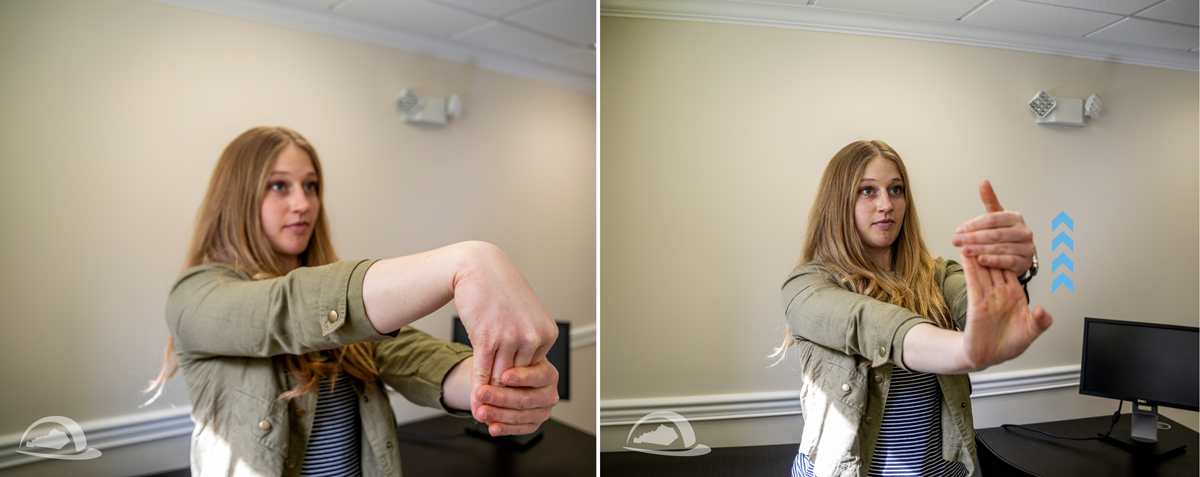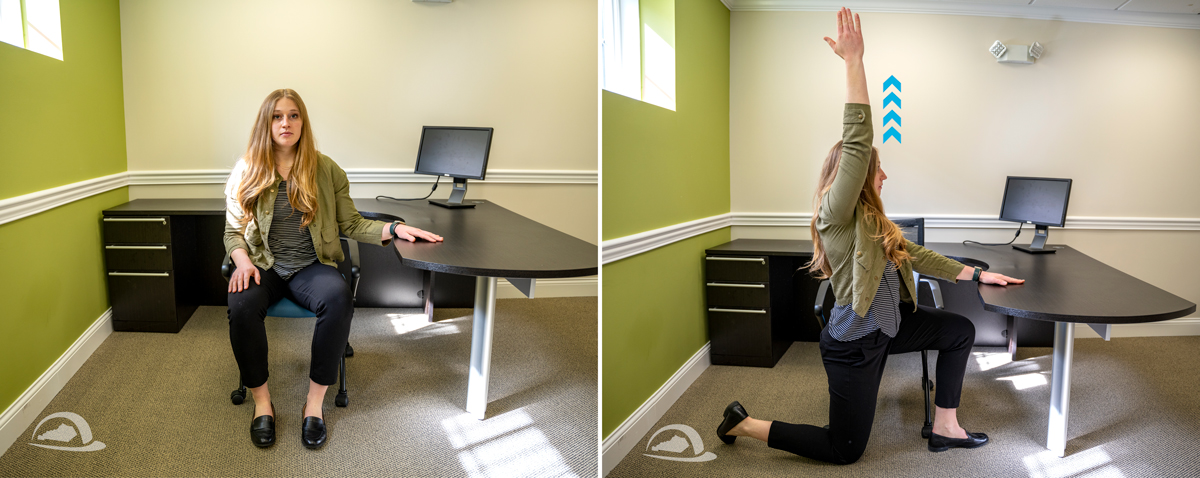By Hayley Robb, Building Kentucky
Whether logging in from home or an office with limited capacity, the way we work has changed this past year. More people are indoors, sitting and staring at a screen for the majority of the day, making it hard to prioritize their own well-being.
Here are a few measures companies and employees can take to start implementing healthy habits in their workplaces.
Overcome Zoom Fatigue
Video chat platforms have allowed employees to connect with colleagues, clients and customers and in some ways have increased productivity. However, the current volume of video calls can be draining and tiring both mentally and physically.
In a recent study by Stanford University, researchers found four main causes to video chat fatigue in humans: excessive amounts of close-up eye contact, seeing yourself in real-time, lack of mobility and an increased cognitive load.
Some solutions researchers offered to help ease the extra stress included:
- Reducing the window size while videoconferencing to reduce the size of speaker faces
- Using external tools like keyboards and mice to allow for more mobility and flexibility while communicating
- Hiding self-view and allowing “audio only” breaks to alleviate the pressure of using so much body language and gestures to make up for the lack of physical connection
The research study also created a Zoom Exhaustion & Fatigue Scale (ZEF), which can help business leaders and companies assess how much fatigue their employees are experiencing on a day-to-day basis.
Prioritize Movement Throughout The Day
There’s growing research that shows physical activity can help performance. Movement stimulates the mind and encourages cognitive thinking.
Incorporating things like 15-minute stretch breaks or lunchtime walks are great steps to incorporate healthy habits into your work routine.
Here a few workplace stretches to add to your next busy day:
1. Reset your seated posture (thoracic rotation).

Sitting in a chair can often lead to slumped shoulders. Use this stretch to roll those shoulders back into place and practice proper posture.
2. Stretch your upper back and shoulder (pectoral stretch).

Believe it or not, your shoulders hold a lot of stress. Relieve some of the tension in your shoulders and upper back with this stretch which helps improve posture and air circulation and increase energy levels.
3. Stand up and stretch it out (lateral flexion).

This stretch gives you a reason to get out of that chair. Wake up your spine and back from sitting for an extended period of time with this stretch which can help reset your mind too.
4. Stretch your hands and forearms (wrist flexion/extension).

Give those typing fingers a break and relieve some of the discomfort and tension that can come from using a keyboard and mouse all day long.
5. Open up your hips (quad/hip flexor stretch).

Low back pain can be caused by sitting for long periods of time. Use your chair to perform this stretch which will help relieve stiff hips and low back tension.
Go Green: Get A Plant!
With more people spending time in indoor spaces like offices, homes and hospitals, it means more exposure to common pollutants like benzene, formaldehyde and ammonia.
Furniture, office equipment, building materials and everyday activities like driving, cleaning and cooking can release these pollutants and contribute to distraction, headache, dizziness and throat, eye and nose irritation.

The Center for Healthy Air, Water, & Soil at the University of Louisville’s Christina Lee Brown Envirome Institute, which conducts research on how our natural, social and personal environments impact our health, has partnered local Louisville florist Nanz & Kraft to create a Healthy Plants Collection.
Plants have the ability to eliminate some of the pollutants that are found in highly frequented indoor spaces. The plants featured in the collection help trap airborne toxins on their leafy surfaces and increase concentration, memory, improve mood and reduce stress levels.
To learn more about the Healthy Plants Collection, visit https://louisville.edu/envirome/healthyairwaterandsoil/about/healthy-plants-collection.










